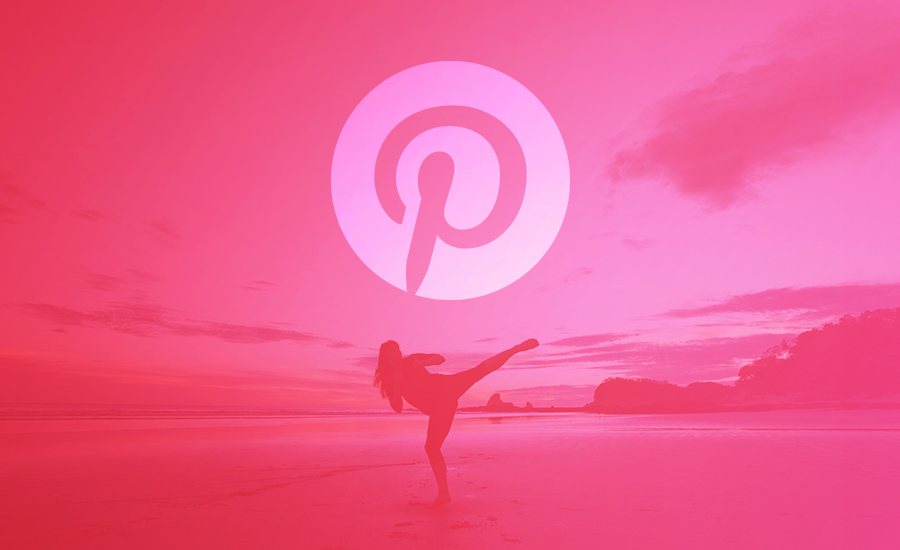New to Pinterest? Have you been hiding on your Facebook Business page for too long and need to expand your social media marketing horizons? Maybe, you just found out that 200 million people use Pinterest every month, including 52 percent of U.S. millennials.
Regardless, we’re about to set you on your way to becoming a master at Pinterest. Before you know it, you’ll be pinning like there is no tomorrow, all thanks to these handy Pinterest for business tips.
But first, a quick introduction, and a (very) brief summary of what Pinterest actually is and why it’s useful for your business.
Knowing your pins from your boards
Pinterest is essentially an online pinboard that people use to discover, save and share ideas. For example, it might be a recipe, an interior design project or the perfect summer outfit. Whatever you decide to “pin” is pinned onto a – you guessed it – board.
But why is this useful for a business, you might ask? Well, unlike some other tools or browser extensions, Pinterest can be used by businesses to highlight products, increase brand awareness and even increase sales.
Pinterest for business tips that will turn you into a master pinner
We’re going to keep this pretty basic for two reasons:
- It’s always important to get set up properly before you start flaunting your skills on a new social platform
- Pinterest is arguably one of the most straightforward social channels to use as a business – as you’re about to find out
1. Set up your business page
We’re just putting this in here to showcase how easy it is to get started. Sign up here, confirm your details, register your businesses website and that’s it!
2. Create 2-5 boards
Great! You’ve got your account set up and now you’re ready to create some boards for your pins to go. Boards are essentially groups that will be home to categories of your pins. For example, let’s say you ran a car dealership. You might opt to have a board dedicated to one particular type of car, or maybe even one particular color of car.
Oh, and don’t forget to name your boards appropriately. The title of your board is one of the main factors that contribute to whether it shows up when people search for the related topics.
Our top tip is to align your boards with your core content topics. A great way to think about this is to look at your blog taxonomy. How do you categorize your blog content currently? If you’ve split your articles into 3-5 key topics then you might want to do the same for your Pinterest.
3. Start pinning items to your boards
You can either pin things that you find on the web or that you already have on your computer. A ‘must-have’ for avid Pinterest users is the browser button which makes saving random things online as easy as doing in a couple of clicks.
If you’re stuck for what to actually pin, then try to think of your boards as just another channel for your content that your audience are going to consume. For example, if your product is sportswear for gym-goers, you might want to add images of athletes performing exercises, or offering advice on what exercises to do.
4. Follow your target audience and re-pin their content
A little bit of Pinterest ‘hacking’ to finish up our quickfire introduction to the platform. You can also follow users on Pinterest and see what they’re pinning.
This is a fantastic way to keep an eye on what content your target audience is enjoying and sharing. What you can then do is re-pin this content, which is the Pinterest equivalent of re-tweeting, and add their pins to your respective boards.
It’s a quick, yet powerful, way to engage with niche communities, and if done consistently (we delve deeper into the importance of consistency here) you should be able to build up a solid following yourself.
That’s a wrap for our introduction of Pinterest for businesses. All you’ve got to do to get started is to:
- Set up your business account
- Create boards based on your core business topics
- Start pinning items relevant to your boards
- Interact with your target audience by re-pinning and following other people








